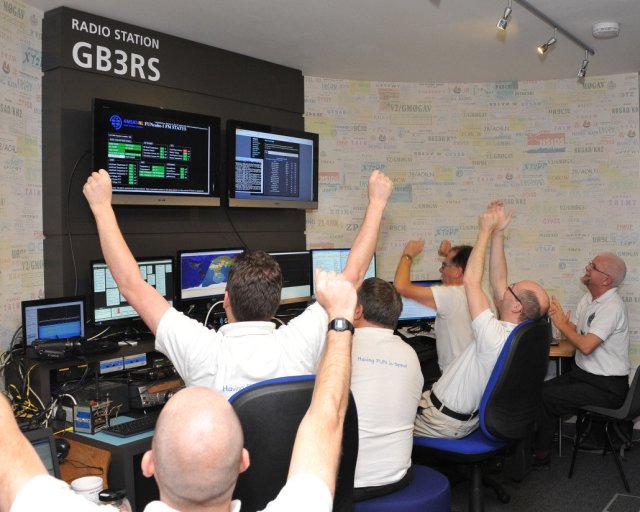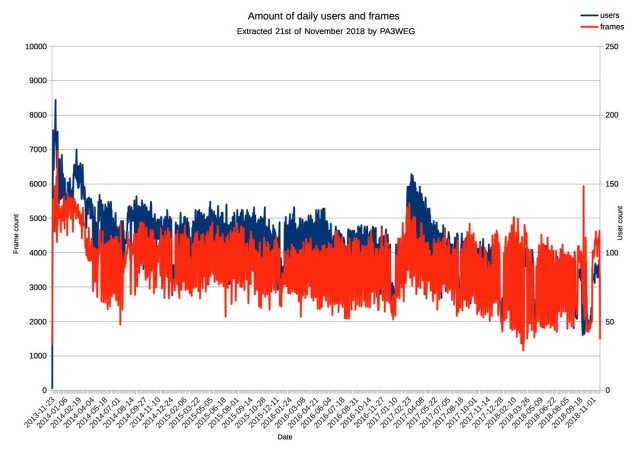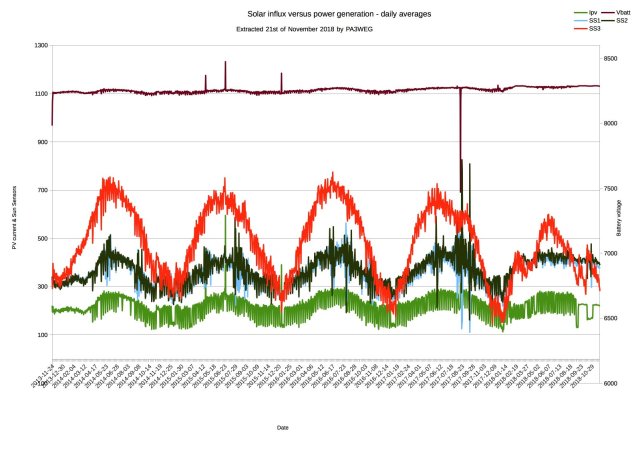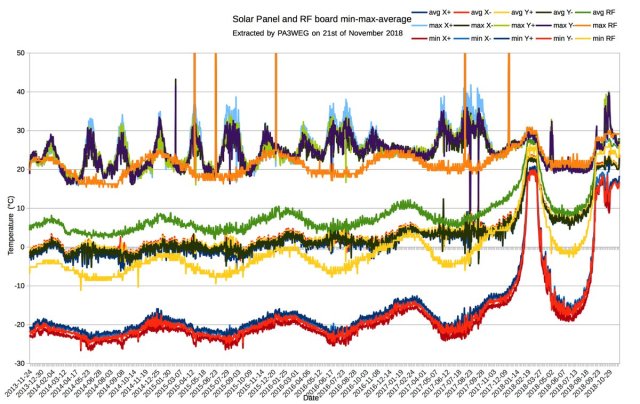FUNcube Payload Telemetry Dashboards
Sunday, December 2, 2018 should see two more satellites carrying FUNcube payloads launched into orbit.
With that launch, JY1Sat and ESEO will join FUNcube-1 (AO-73) and Nayif-1 (EO-88).
The FUNcube team have been busy, not only designing and implementing the payloads, but also working on the Telemetry Dashboards and the Data Warehouse.
Each satellite has a dedicated dashboard and we have created a one page summary (FUNcube Dashboard Summary v1) of those dashboards, their current version number and a dedicated download link.
Telemetry Dashboard
We have included the recommended warehouse settings for each satellite as well as the “FCD Centre Frequency”. Note that the frequency we quote is 20 kHz offset from the published telemetry downlink to allow for the zero Hertz spike and close in phase noise that is inherent on SDRs.
Currently, to view the telemetry for a particular satellite, it is necessary to run the dashboard for that satellite. Any telemetry for one of the other FUNcube satellites can be captured and forwarded to the central data warehouse. For this reason, some users tend to run all dashboards simultaneously using the same FUNcube Dongle. Users should remember the that dashboard that was started last, is the one that will control the frequency settings applied to the FUNcube Dongle.
These dashboards are under continual development and the next planned development is to create a single dashboard that will service all FUNcube Telemetry payloads simultaneously. Keep a look out for further news on this unified dashboard in 2019.
Telemetry Data Warehouse
All telemetry received via the dashboards is forwarded to the central data warehouse, providing you have registered for an account. This has been a very successful part of the FUNcube project as it has allowed for worldwide data collection by amateurs and for all the data to be available to download and used for educational purposes.
With the pending launch of two additional satellites, some changes where required to allow this data capture to continue in an efficient manner. The data warehouse has a new user interface and all satellite data can be assessed with one URL – http://data.amsat-uk.org/
Once at the new user interface, simply select the satellite you are interested in, and all the usual telemetry will be available along with the list of current data providers to the database for that satellite.
Both the dashboards and the data warehouse are under continual development, so be sure to check back for updates.
The FUNcube team is very grateful to all radio amateurs worldwide for their continued support and we encourage you all to join in with the reception of JY1Sat and ESEO telemetry upon a successful launch this Sunday.
73s Ciaran Morgan M0XTD
FUNcube Dashboard Summary v1
https://funcubetest2.files.wordpress.com/2018/12/funcube-dashboard-summary-v1.pdf
Information on other spacecraft on the SSO-A mission with amateur radio payloads
https://amsat-uk.org/2018/11/14/ssoa-amateur-radio-satellites/
m5aka
AMSAT-UK



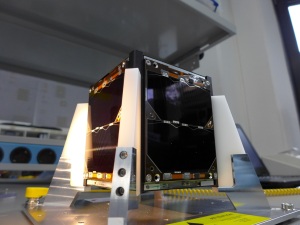
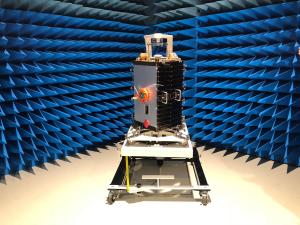
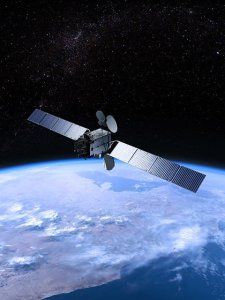

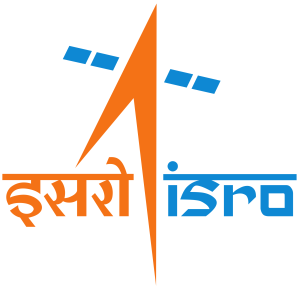 Satellites with Amateur Radio payloads are set to launch from India on an ISRO PSLV rocket at approximately 0400 GMT on Thursday, November 29, 2018.
Satellites with Amateur Radio payloads are set to launch from India on an ISRO PSLV rocket at approximately 0400 GMT on Thursday, November 29, 2018. ARRL
ARRL 